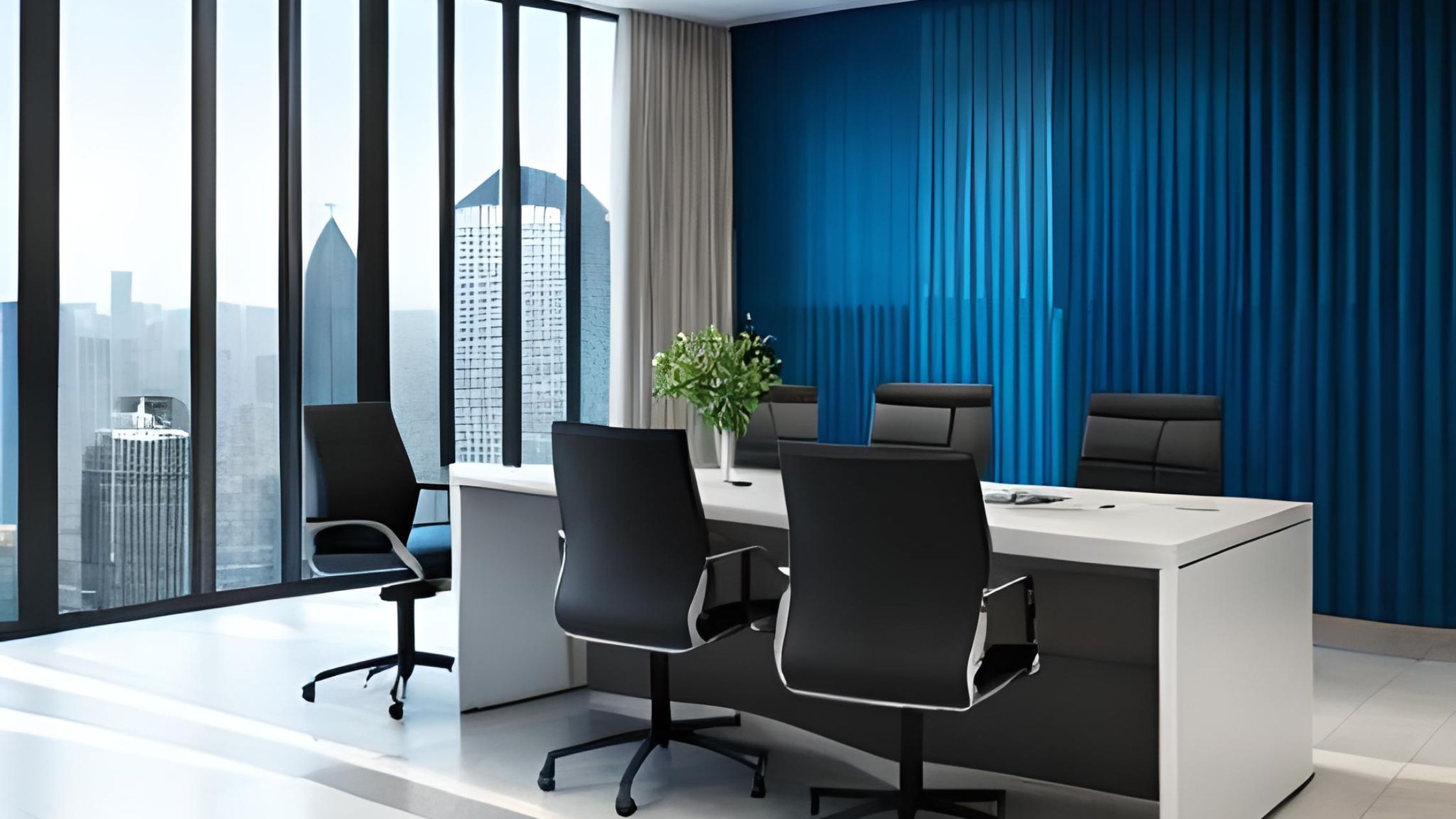
Minimalism in Modern Design: Why Less Is More
In a world overloaded with information, choices, and noise, minimalism has emerged as a design philosophy that embraces clarity, simplicity, and purpose. Whether in architecture, graphic design, digital interfaces, fashion, or lifestyle, the minimalist approach—often summarized by the phrase “less is more”—has become corresponding with elegance, efficiency, and intention.
But why is “less” considered “more” in modern design? What makes minimalism not just a stylistic choice, but a functional and even emotional one? Let’s explore how minimalism influences today’s design landscape and why its impact continues to grow.
Core Principles of Minimalist Design
Minimalist design isn’t about having less just for the sake of it. It’s about —removing the non-essential so that what remains has greater impact. Some of the core principles include:
- Simplicity: Reducing designs down to their essentials.
- Functionality: Every element must serve a clear purpose.
- Clean Aesthetics: Use of whitespace, neutral palettes, and uncluttered layouts.
- Clarity and Focus: Eliminating distractions to highlight what truly matters.
- Timelessness: Avoiding trends to create designs that endure.
These principles are not confined to a single discipline but are echoed across various forms of design.
Minimalism in Digital Design
Nowhere is the power of minimalism more apparent than in digital and product design. Think about the clean interface of Apple devices or the simplicity of Google’s homepage. These are not just aesthetic decisions—they directly impact usability.
A minimalist user interface (UI) reduces load. When users aren’t bombarded with excessive choices or clutter, they can focus on what really matters. This is especially important in a mobile-first world, where space is limited and attention spans are short.
Moreover, minimalist digital design often leads to faster loading times, better responsiveness, and more accessible layouts. In this sense, minimalism supports both form and function.
Minimalism in Architecture and Interior Design
In modern architecture, minimalism promotes spaces that are open, light-filled, and calming. The use of natural materials, simple geometries, and limited colour schemes fosters a sense of calmness and order. This is not just about looks—it’s also psychological.
Cluttered spaces can create stress . In contrast, minimalist environments tend to enhance focus, relaxation, and well-being. By removing the excessive, these designs elevate the essential, whether it’s the flow of light, the view of nature, or the experience of space itself.
Emotional and Psychological Appeal
Minimalism is not just a visual aesthetic; it’s an emotional and philosophical stance. In an era of consumer excess and digital saturation, the minimalist ethos offers a counterbalance. It invites us to slow down, to be deliberate, and to appreciate quality over quantity.
The clarity and calm of minimalist design appeal to our desire for peace and order in a chaotic world. It allows users and viewers to breathe—actually .When designs are simplified, they not only become more functional but also more emotionally resonant.
Minimalism Isn’t About Emptiness
One common misconception is that minimalism equals emptiness or lack. In truth, minimalist design requires discipline, creativity, and precision. It’s harder to design with self – discipline because every choice must be intentional. There’s no room to hide behind decoration.
Minimalism is about editing—curating content and form so that every detail counts. It’s the space between the notes that makes the music.
The Future of Minimalist Design
As sustainability and mindfulness become central themes in modern life, minimalism is poised to remain influential. Designing “less” often means using fewer resources, reducing waste, and encouraging more meaningful interactions with products and spaces.
However, the future of minimalism might evolve beyond stark white spaces and black sans-serif fonts. Designers are increasingly blending minimalism with warmth—introducing textures, organic elements, and cultural variations to make minimalist design more human and inclusive.
Conclusion: Less Is More, But Only If Done Right
Minimalism in modern design is more than a trend; it’s a reflection of deeper cultural and psychological shifts. It responds to our craving for clarity in a cluttered world, and it respects our time, attention, and environment.
“Less is more” works not because less is better, but because it focuses our attention on what truly matters. When done right, minimalist design doesn’t feel like something’s missing—it feels like everything is exactly where it should be.
In the end, minimalism is not about emptiness—it’s about elevation. By designing less, we give room: more clarity, more purpose, and more connection.

